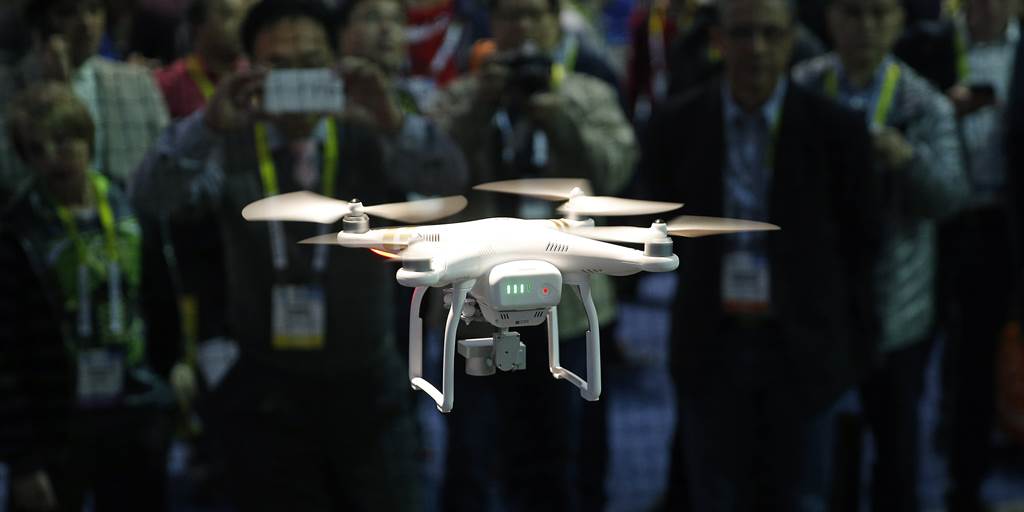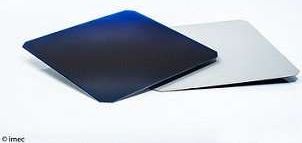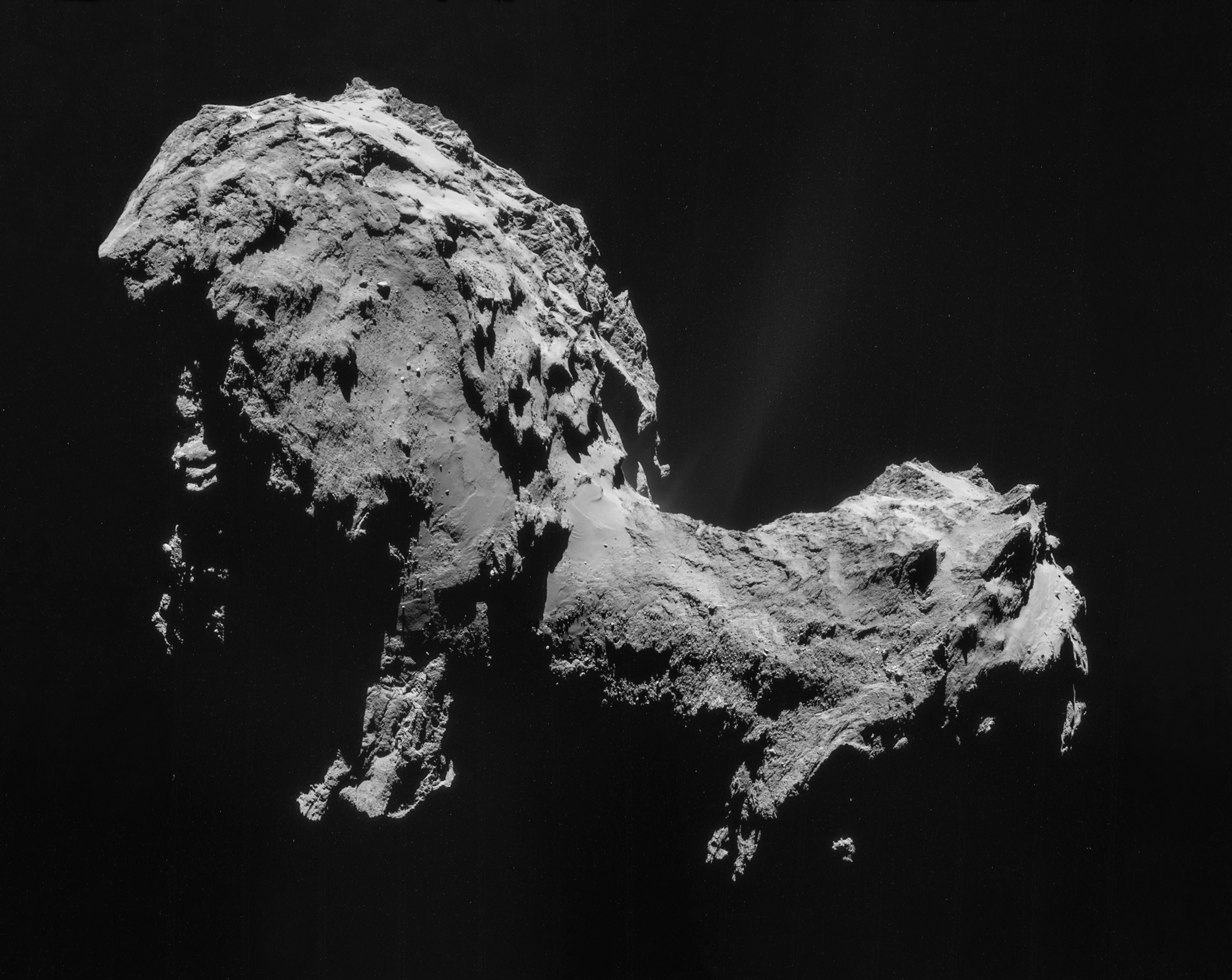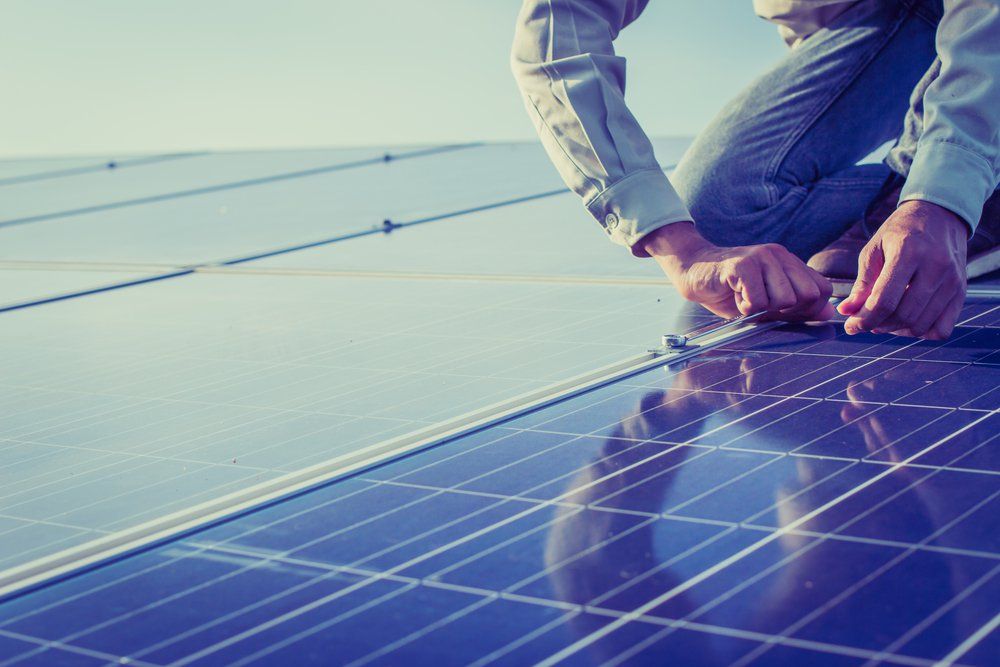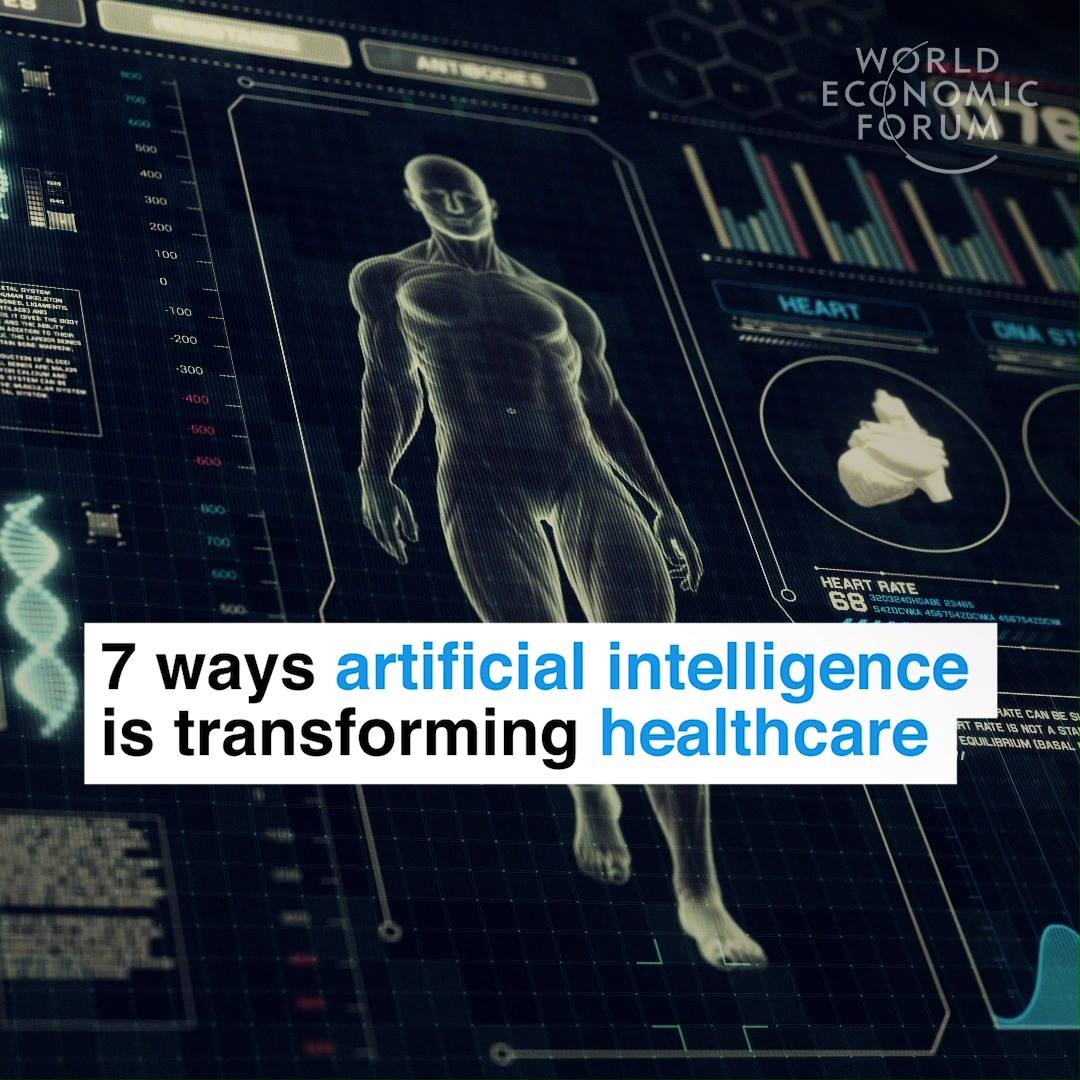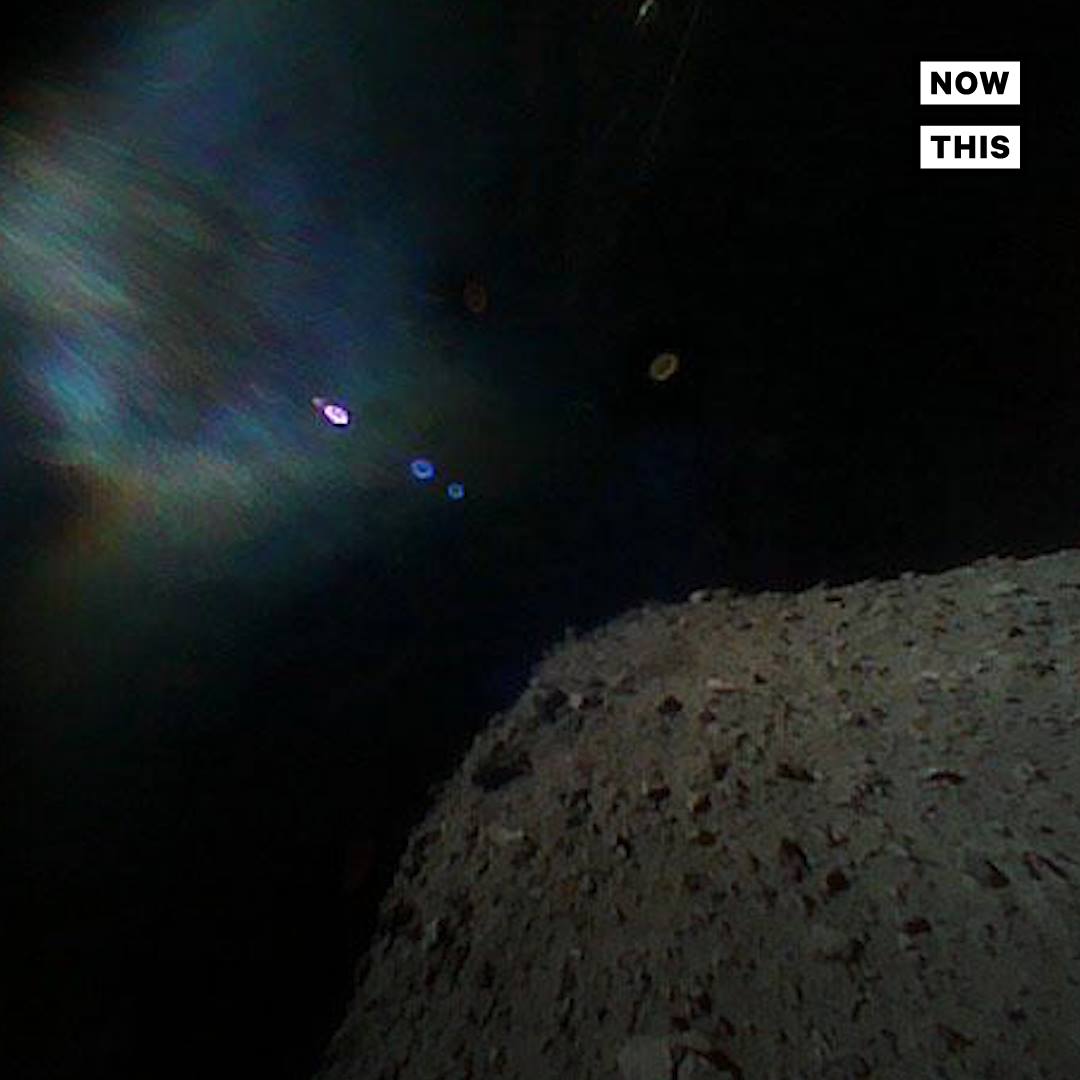Page 9780
Sep 24, 2018
Screen-printed, large-area nPERT solar cells surpass 23 percent efficiency
Posted by Bill Kemp in categories: solar power, sustainability
At today’s EU PVSEC conference, imec—the world-leading research and innovation hub in nanoelectronics, energy and digital technology and partner in EnergyVille—announced that its latest generation of large-area monofacial screen-printed rear-emitter nPERT cells feature a conversion efficiency of 23.03 percent, certified by Fraunhofer ISE CalLab. The nPERT (n-type Passivated Emitter and Rear Totally diffused) solar cells are made using an industry-compatible screen-printing process that has been designed as an upgrade of conventional pPERC (p-type Passivated Emitter and Rear Cell) processes. According to imec, its nPERT technology is projected to reach 23.5 percent efficiency by the end of this year, and there is a clear technology roadmap to eventually surpass 24 percent.
While p-type PERC solar cells are becoming mainstream in the PV industry, n-type PERT technology is being developed as a cost-effective contender that has a number of inherent advantages: Due to the absence of B-O complexes, n-type cells don’t suffer from light induced degradation (LID) and are less sensitive to metal impurities. That makes for cells that have the potential for a longer-term stability and a higher efficiency. Imec fabricated the M2-sized cells (area: 244.3 cm²) on its pilot line with industry-compatible tools and recipes, in a process that is an upgrade of the pPERC fabrication process, using a similar layout of an n+ region (Front Surface Field) on the illuminated side and a p+ region (as rear emitter) on the opposite side and adding a cost-effective boron diffusion.
“Until now, nPERT solar technology has not yet found the traction it deserves in the industry,” says Loic Tous, senior researcher at imec. “With these ever-improving results, which we achieved by applying knowledge gained from our bifacial nPERT project, we are now demonstrating the potential of nPERT technology. The advantages in stability and efficiency potential over p-type PERC cells, while using the same equipment with the addition of a Boron diffusion, make this a very promising technology for future manufacturing lines.”
Continue reading “Screen-printed, large-area nPERT solar cells surpass 23 percent efficiency” »
Sep 24, 2018
Tesla’s massive Powerpack battery in Australia cost $66 million and already made up to ~$17 million
Posted by Bill Kemp in category: futurism

We have already seen several pieces of evidence that Tesla’s massive Powerpack battery project in Australia is quite financially successful, but now we get all the numbers as Neoen, Tesla’s partner in the project, files for IPO.
The giant battery cost ~$66 million and it reportedly already made up to $17 million during the first ~6 months of operation.
Sep 24, 2018
Asteroids and comets as space weapons
Posted by Alexei Turchin in categories: asteroid/comet impacts, biotech/medical, existential risks, robotics/AI
A dual use research of concern (DURC) refers to research in the life sciences that, while intended for public benefit, could also be repurposed to cause public harm. One prominent example is that of disease and contagion research (can improve disease control, but can also be used to spread disease more effectively, either accidentally or maliciously). I will argue here that DURC can and should be applicable to any technology that has a potential dual use such as this.
Approximately 66 million years ago, a 10 km sized body struck Earth, and was likely one of the main contributors to the extinction of many species at the time. Bodies the size of 5 km or larger impact Earth on average every 20 million years (one might say we are overdue for one, but then one wouldn’t understand statistics). Asteroids 1 km or larger impact Earth every 500,000 years on average. Smaller bodies which can still do considerable local damage occur much more frequently (10 m wide bodies impact Earth on average every 10 years). It seems reasonable to say that only the first category (~5 km) pose an existential threat, however many others pose major catastrophic threats*.
Given the likelihood of an asteroid impact (I use the word asteroid instead of asteroid and/or comet from here for sake of brevity), some argue that further improving detection and deflection technology are critical. Matheny (2007) estimates that, even if asteroid extinction events are improbable, due to the loss of future human generations if one were to occur, asteroid detection/deflection research and development could save a human life-year for $2.50 (US). Asteroid impact mitigation is not thought to be the most pressing existential threat (e.g. artificial intelligence or global pandemics), and yet it already seems to have better return on investment than the best now-centric human charities (though not non-human charities – I am largely ignoring non-humans here for simplicity and sake of argument).
Sep 24, 2018
How Europe can improve the development of AI
Posted by Derick Lee in categories: economics, employment, military, mobile phones, robotics/AI
THE two superpowers of artificial intelligence (AI) are America and China. Their tech giants have collected the most data, attracted the best talent and boast the biggest computing clouds—the main ingredients needed to develop AI services from facial recognition to self-driving cars. Their dominance deeply worries the European Union, the world’s second-largest economic power (see article). It is busily concocting plans to close the gap.
That Europe wants to foster its own AI industry is understandable. Artificial intelligence is much more than another Silicon Valley buzzword—more, even, than seminal products like the smartphone. It is better seen as a resource, a bit like electricity, that will touch every part of the economy and society. Plenty of people fret that, without its own cutting-edge research and AI champions, big digital platforms based abroad will siphon off profits and jobs and leave the EU a lot poorer. The technology also looms large in military planning. China’s big bet on AI is partly a bet on autonomous weapons; America is likely to follow the same path. Given the doubt over whether America will always be willing to come to Europe’s defence, some see spending on AI as a matter of national security.
Sep 24, 2018
This Off-Grid, Solar-Powered System Sends Crypto Through Radio Waves
Posted by Genevieve Klien in category: sustainability
Developer Daniel Jones has developed an off-grid, solar-powered system that uses radio waves to send crypto payments from areas with poor infrasructure.
Sep 24, 2018
7 Ways Artificial Intelligence is Transforming Healthcare
Posted by Nicholi Avery in categories: biotech/medical, robotics/AI
Sep 23, 2018
NASA asteroid WARNING: Giant lorry-sized Asteroid RH6 to skim Earth TONIGHT
Posted by Alberto Lao in category: space
AN ASTEROID the size of a 44-tonne lorry will zip past the planet tonight, astronomers at NASA’s Jet Propulsion Laboratory (JPL) have warned.
Sep 23, 2018
Japanese Scientists Land Robot on Asteroid, Make History
Posted by Nicholi Avery in categories: robotics/AI, space
Sep 23, 2018
Stephen Drives NASA’s Mars Rover With Neil deGrasse Tyson
Posted by Alberto Lao in category: space
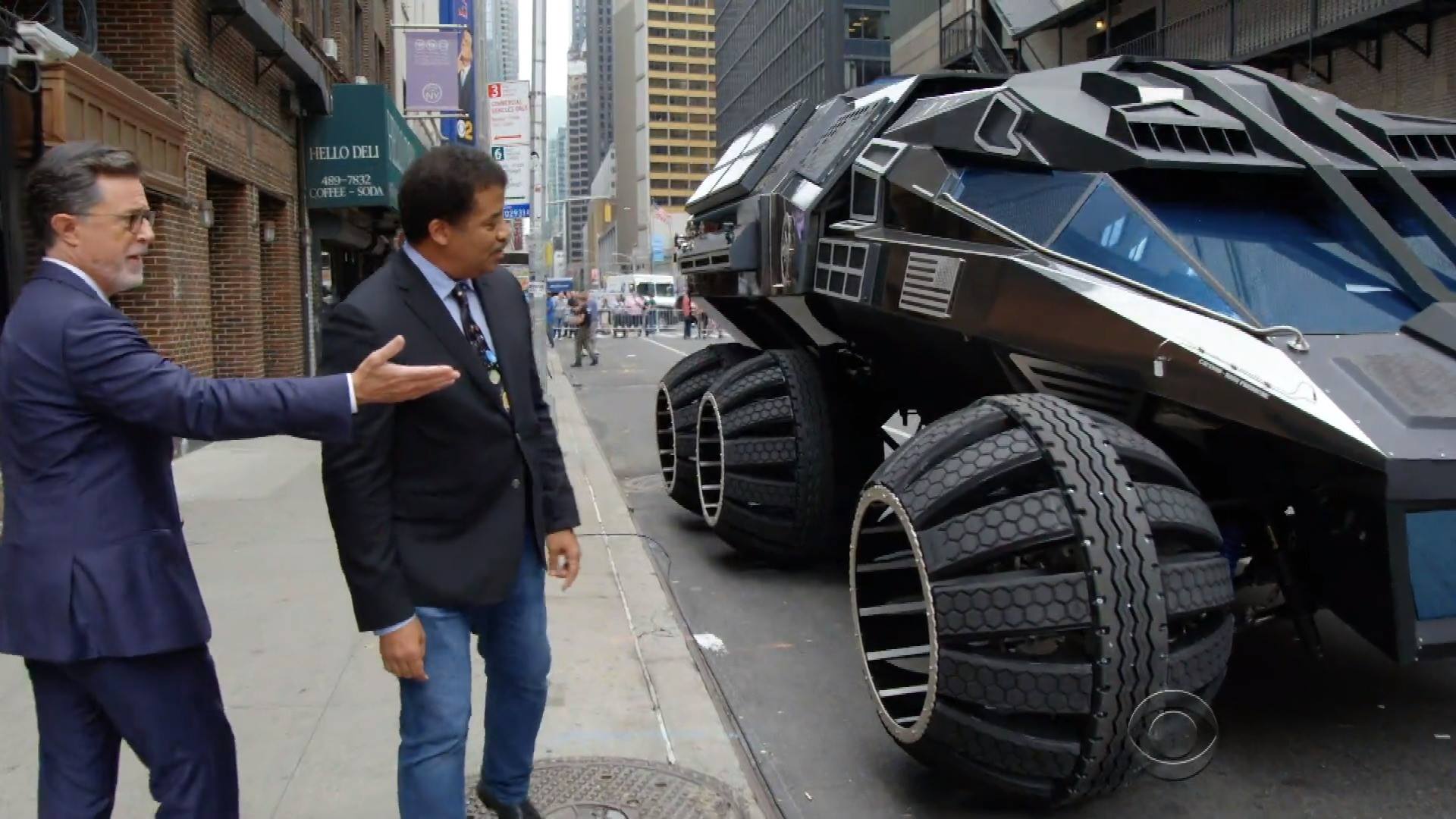
Stephen and Neil deGrasse Tyson take NASA’s Mars Rover for a ride around Midtown Manhattan.
